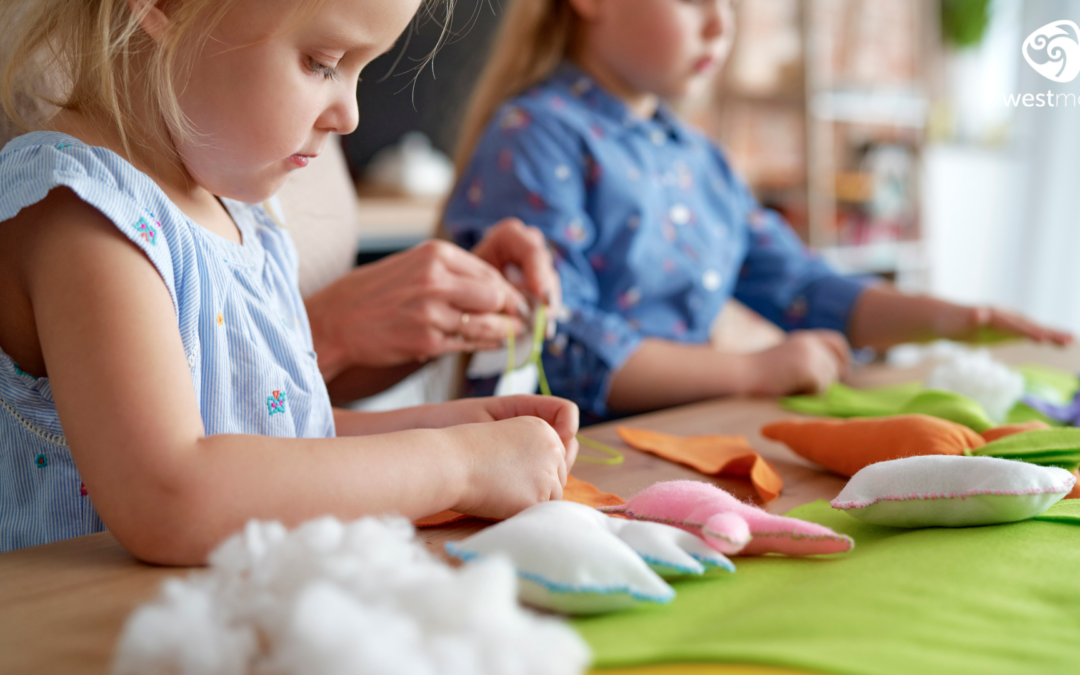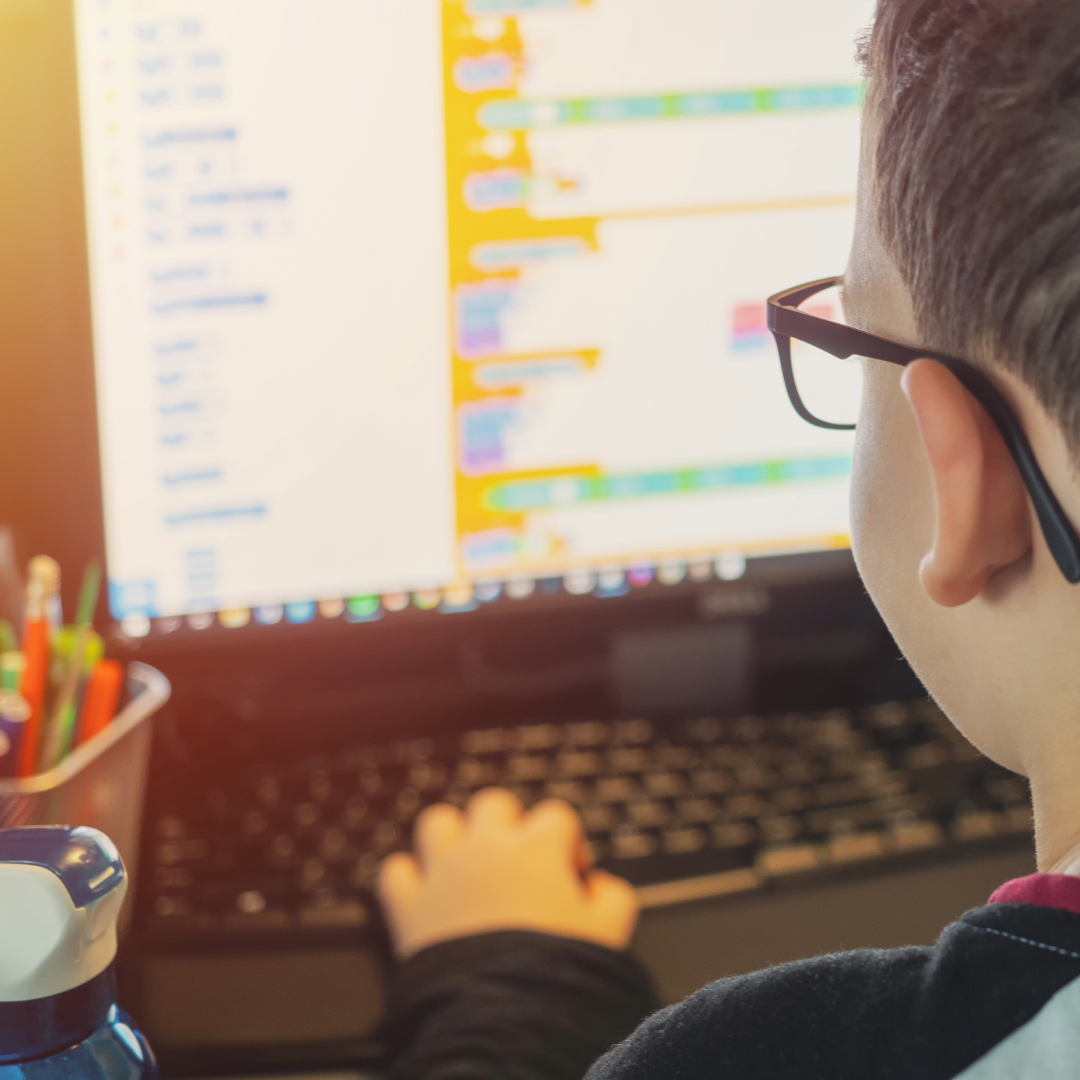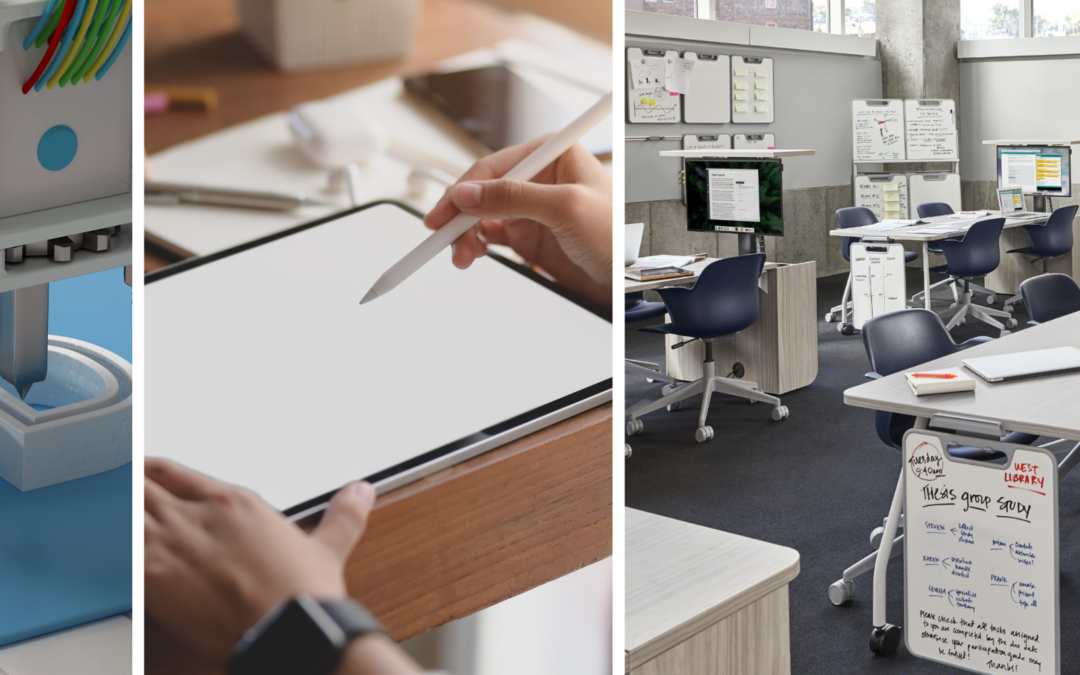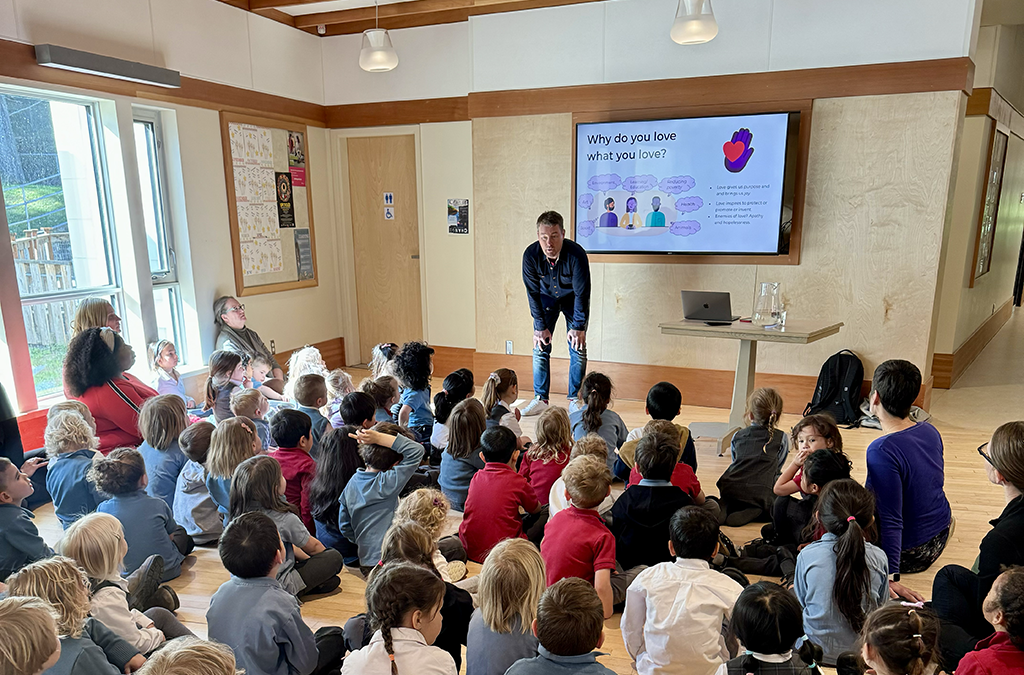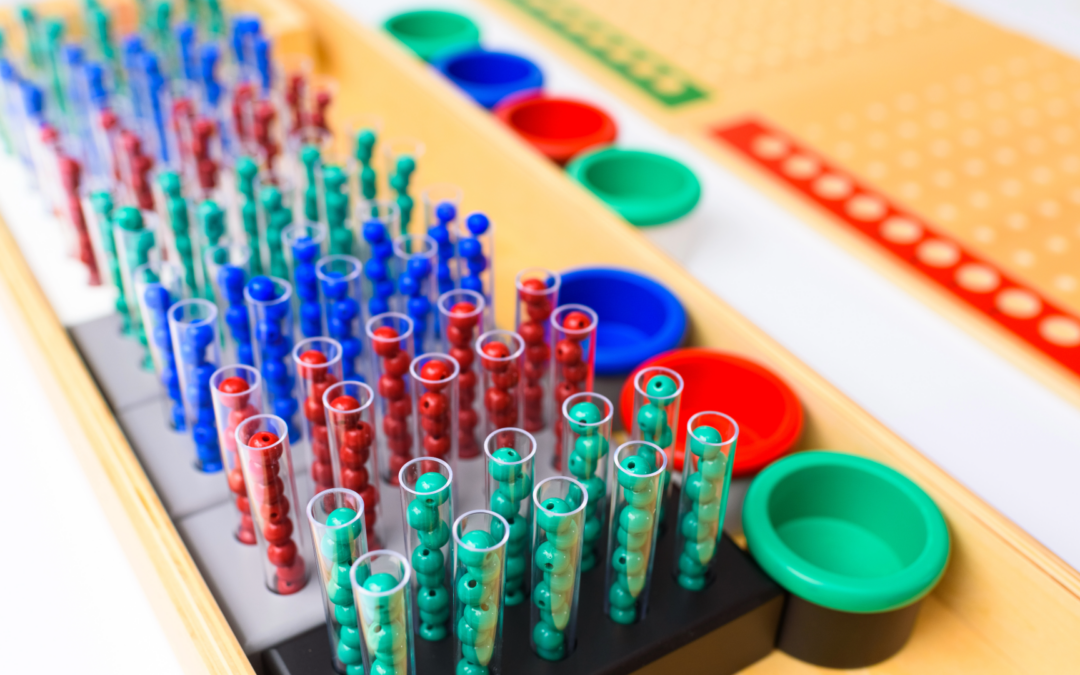
Exploring Montessori Education: A Pathway to Human Potential and Creativity
Exploring Montessori Education: A Pathway to Human Potential and Creativity
In a world that cherishes innovation yet often clings to conventional educational systems, Montessori education emerges as a transformative approach. Established with the lofty aim of maximizing human potential rather than just preparing students for university, Montessori education is dedicated to nurturing creative, autonomous thinkers capable of acting as moral catalysts for change.
What Sets Montessori Apart?
Unlike traditional schooling systems that might be reminiscent of the Industrial Revolution’s systematic, efficiency-driven atmosphere, Montessori schools adopt a fundamentally different ethos. They prioritize individual thought, deep learning, and self-exploration over conformity and hierarchy. This intentional divergence stems from a belief articulated by Dr. Maria Montessori: “Imagination does not become great until human beings, given the courage and the strength, use it to create.”
Two Core Challenges with Conventional Education Systems
- Factory-like Operations:
- Modeled on the demands of the Industrial Revolution
- Dominated by intrusive school-wide bells
- High emphasis on conformity over individuality
- Prioritizes the needs of the system or adults over the developmental needs of students
- Perception of Students as Empty Vessels:
- Instruction is often one-directional, with teachers depositing knowledge into passive students
- Lacks recognition of students as unique individuals with distinct potentials
The Costs?
When education fails to engage and inspire, we risk cultivating:
- Disengagement and passivity in learning
- A vulnerability to external influences without critical examination
- A decline in peer and family interactions
- A lack of independence and a sense of direction
- An inability to tackle and solve larger world issues effectively
The Montessori Solution
Montessori education counters these challenges by creating a learning environment tailored for:
- Age-specific developmental needs
- Celebrating each individual’s unique capabilities
- Encouraging students to be active participants in their own learning journey
Nine Principles That Underpin Montessori Methodology (Based on A.S. Lillard’s insights from Montessori: The Science Behind the Genius):
- Movement enhances cognition.
- Autonomy bolsters well-being and learning.
- Concentrated attention advances personal development.
- Interest drives deeper learning.
- Extrinsic rewards might undermine intrinsic motivation.
- Collaboration enriches learning experiences.
- Real-world contexts enhance learning depth.
- Effective adult-child interactions foster better outcomes.
- An orderly environment supports learning.
Acclaims from Montessori Alumni
Prominent figures attribute their innovative and independent mindsets to their Montessori roots:
- Sergey Brin and Larry Page, co-founders of Google, praised the freedom and self-motivation cultivated by Montessori.
- Will Wright, creator of SimCity and The Sims, highlighted Montessori’s role in fostering discovery and experimental learning.
- Gabriel Garcia Marquez, Nobel laureate, and Katherine Graham, former owner of The Washington Post, both expressed gratitude for the foundational life skills and sensitivities developed through their Montessori education.
Montessori isn’t simply another educational option. It is a profound commitment to developing the full potential of each individual, recognizing their inherent abilities, and preparing them not just for academic success, but for a life of curiosity, responsibility, and continuous learning.
In a rapidly changing world, the timeless Montessori principles offer not only a different way of learning but a better one, fostering not just education but enlightenment.

